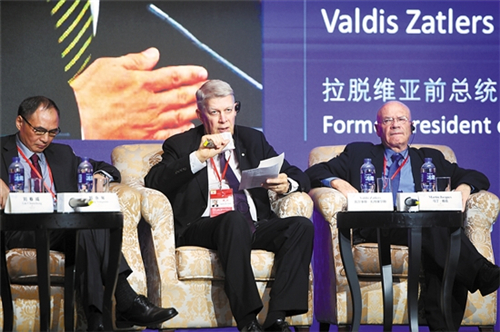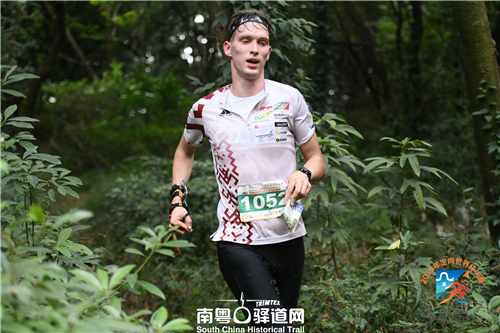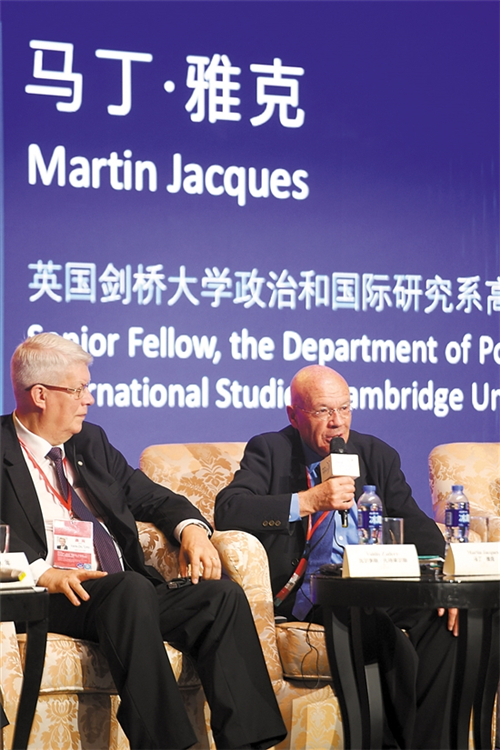On the afternoon of October 26, 2009, Xu Ruisheng, Vice Governor of Guangdong Province, delivered a speech titled "Cultural Bay Area and City Quality" at the parallel seminar of the Guangzhou International Conference on "Understanding China". The following is the speech:
It is a great pleasure for us to gather here in Guangzhou to discuss the theme of the Bay Area of Humanity and the Quality of Cities. Today we are honored to have all the wise people here to understand China in words. I also tell you a good news: today, international is being held in the south China sea beautifully at dozens of kilometers of directional cross-country competition, Latvia, the former President is very familiar with the directional cross-country competition, also have players like in your country, 37 countries and regions of young people have come to the China's pearl river delta, the land, to measure China with their footsteps. They are running on the land of Lingnan, and their voices will spread all over the world. I am glad that today we have both the words of the wise and the steps of the young at the same time.


Talking about the cultural Bay Area of the Greater Bay Area, the central government has put special emphasis on it in the overall planning of the Bay Area. First of all, I think there is one thing in common between Guangdong, Hong Kong and Macao in the Bay Area, which is the common cultural heritage. This common cultural heritage can have many themes.
The most important theme is the Maritime Silk Road. For hundreds of years, we have been strengthening ties with European countries through this maritime silk road. From the Huangpu ancient port in Guangzhou, we can sail to all parts of the world. The Marine silk road, from the first Portuguese landed on the island to the arrival of the Spanish missionaries Francis, for hundreds of years, has been extended, has been developing, and in the development of the Marine silk road and at the same time, produce a series of trade, so have the macau, Hong Kong, so is our common memory maritime silk road.
At present, no matter in Macau Museum, Hong Kong Museum or Guangdong Museum, we can see a large number of export porcelain and paintings, which were made by craftsmen in Guangzhou hundreds of years ago. These things are sent all over the world, all over Europe, so that they can enjoy the high quality of life, the exotic quality of life. These are all areas that we should protect together.
On the other hand I have just had a simple communication with Mr Martin Jacques, a talk at the university of Cambridge, with China's history, with the history of guangdong, he immediately said to me, think of a person is Joseph Needham, Hong Kong and Macao to the big bay head here, we have a common history is the educational history of south China, in southern China in the educational history of why have relationship with Joseph Needham? In 1944, Mr. Needham visited China's wartime education and came to Lechangpingshi, Guangdong Province. After the National Sun Yat-sen University moved to Chengjiang, Yunnan Province, he returned to Lechangpingshi, where he continued to run the school from 1940 to 1945.

And the school, not only is the sun yat-sen university itself, and from the university of Hong Kong, including the time of the lingnan university agronomy courtyard to ping shek, the headquarters of the lingnan university in qujiang, also included the middle school of Hong Kong, including of peizheng, pei tao school together in wartime lechang ping shek, the ring is in a large bay area of guangdong periphery of the region.
When it comes to the Guangdong-Hong Kong-Macao Greater Bay Area, we can say that we share a common historical memory. Apart from the Maritime Silk Road, we have a common history of education and education development. So we now have on the Cambridge University website many old photographs of Pingshi and Qujiang in Guangdong taken by Joseph Needham in 1944, including those of the observatory. During the war years, groups of scholars in South China persisted in academic pursuit and sought knowledge for the country's construction.
After the fall of Hong Kong, tens of thousands of scholars came to northern Guangdong on foot or by boat for more than ten days to continue their academic career and academic education. Can represent the people of Hong Kong's most iconic figures in Chinese academician is Mr Huang and his 94 - year - old in the department of xiamen university, was born in Hong Kong, he had walked more than 10 days to ping shek lechang this place by education, then peizheng, pei tao joint call from high school, he read in the union middle school high school, so it is our common memory.
If we can make a chain of these cultural heritages, we can form the Guangdong-Hong Kong-Macao Greater Bay Area Cultural Heritage Trail, which can set up many themes, including the footsteps of Dr. Sun Yat-sen. Whether in Macao, Hong Kong or Guangdong, Dr. Sun Yat-sen left many marks, which are our common memory. Fortunately, the Liwan District of Guangzhou has launched the Guangdong-Hong Kong-Macao Greater Bay Area Cultural Heritage Trail Action/Project. The Guangdong-Hong Kong-Macao Greater Bay Area Cultural Heritage Trail project has been highly valued by the State Administration of Cultural Relics as one of its priorities this year, which aims to promote these common memories through the protection of cultural heritage.
Now when it comes to the quality of cities, I think everyone agrees on the same thing: A healthy, happy, freedom of the urban environment are all common desire, we do so in the quality of city, is through the humanities and the bay area to promote the protection of cultural heritage, promoting the construction of cultural facilities, to shape a more convenient and beneficial cultural atmosphere, or to provide more sports facilities to facilitate people's life, this is our common pursuit.
Today, we have talked about Guangdong, Hong Kong and Macao, as well as some cities in the Pearl River Delta. We share a unique and regional cultural identity, which has been accumulated over a long period of time. First of all, is our language features, our common heritage -- Cantonese opera, in terms of improving the quality of the whole city, whether in Hong Kong, Macao or Guangdong, Cantonese opera is a favorite place. In terms of language, Cantonese opera has become the world's intangible cultural heritage, which is also the result of the efforts of Guangdong, Hong Kong and Macao. In this way, many common features can be produced, such as Cantonese films and so on. These shareable intangible cultural heritages can all improve the quality of cities in the future and make their due contributions.
I envy all the runners running in Xiqiaoshan now, because they are people who willing to act, they measure China with their steps, they also measure China with their steps, understand China. To understand China, I think the key is action.
Responsible editor:He Luoxi